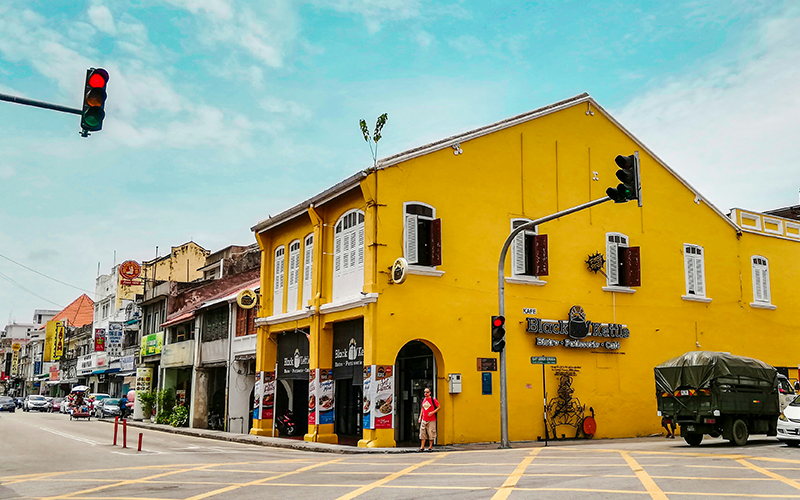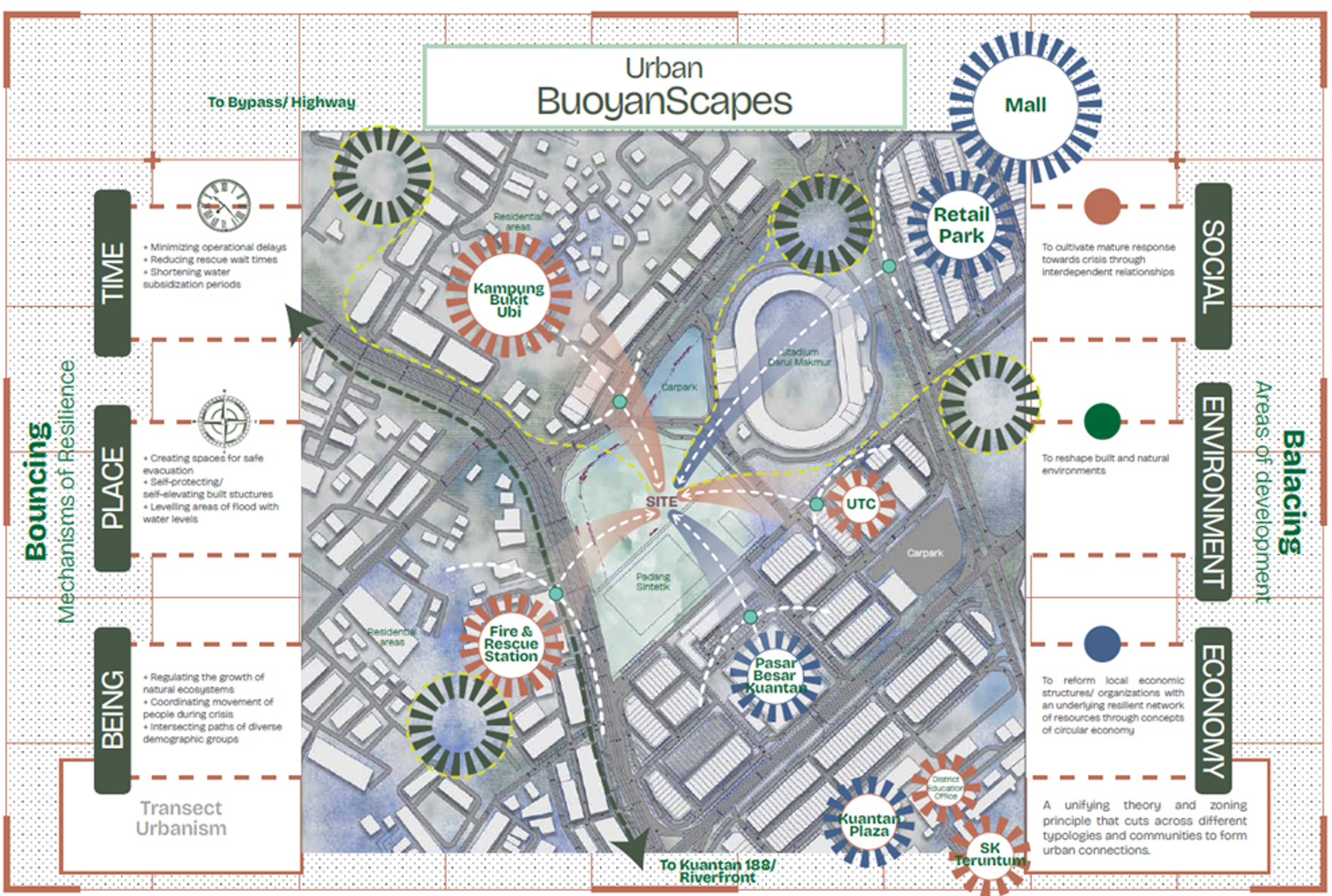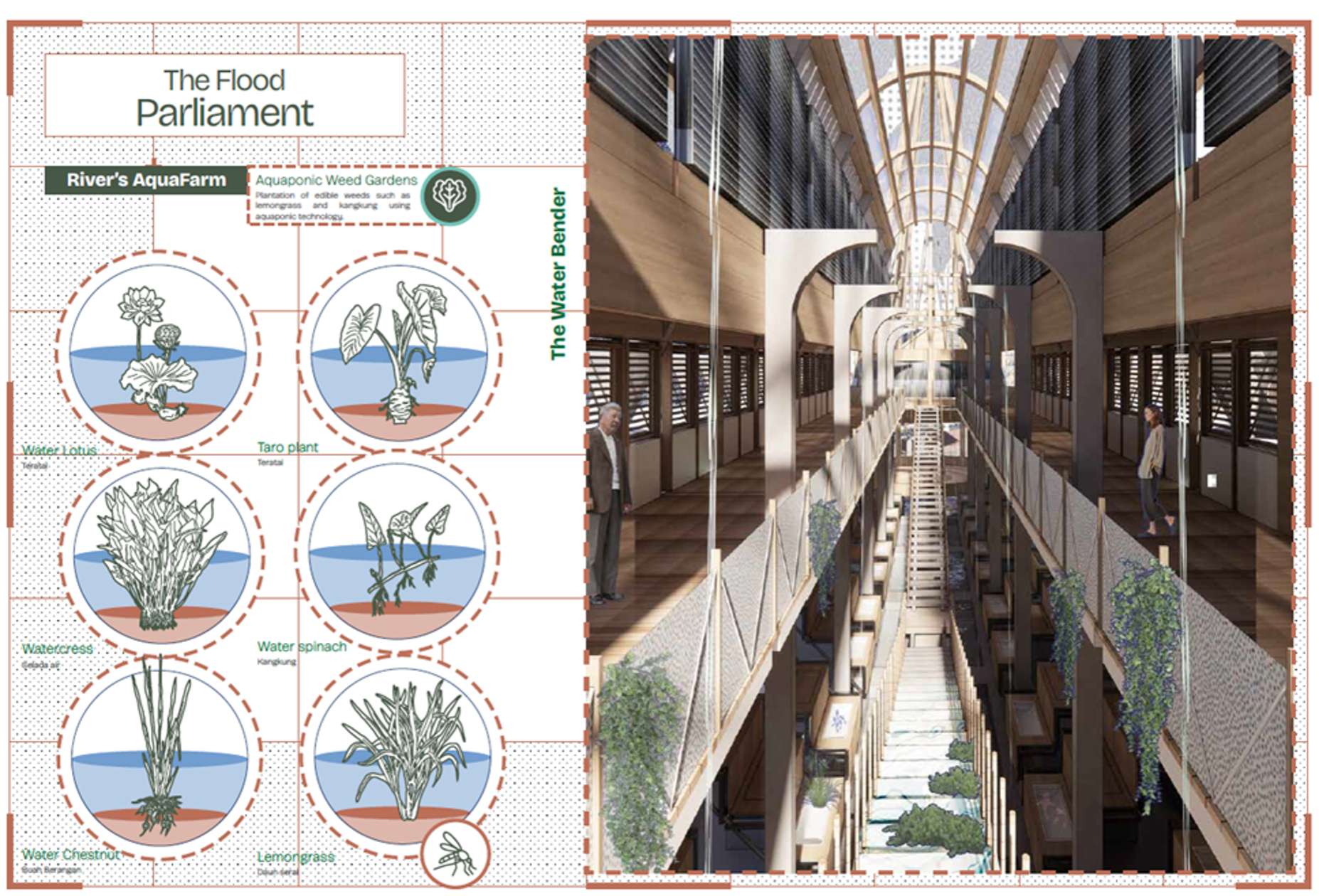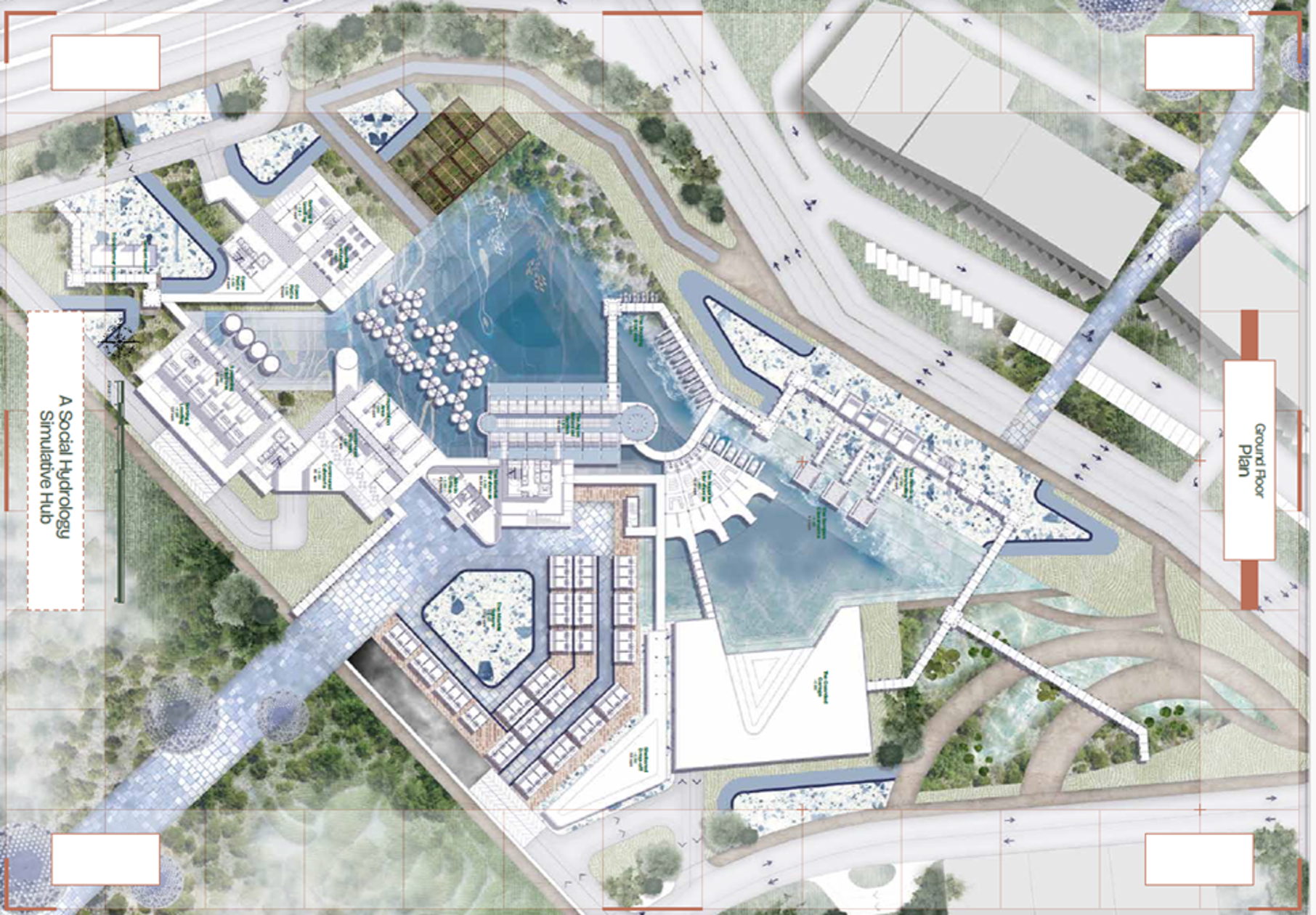Floods aren’t just a once-in-a-blue-moon event anymore, they’re becoming a regular part of life for many Malaysians. Every year, headlines show the same devastating images: homes underwater, families stranded, roads impassable. The reality is sobering, and the message is clear — we need better ways to live with water, not just fight against it.
If the first step is understanding why flooding is getting worse (as we explored in Part One), then the next step is action. And one of the most powerful tools we have? Design. The way we build our cities, plan our communities, and shape our environment can make all the difference between a resilient neighbourhood and one that gets swept away.






